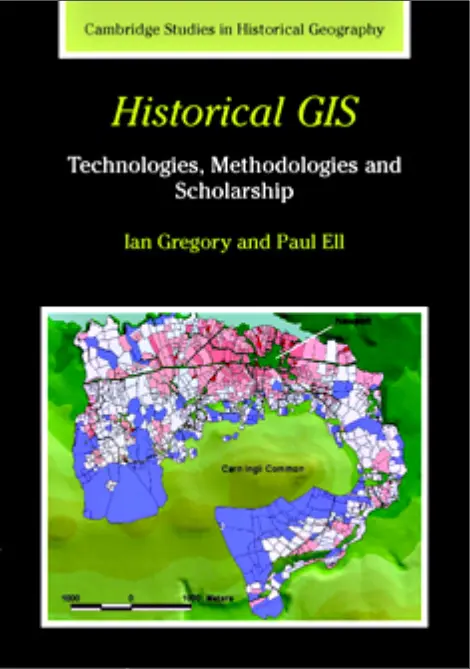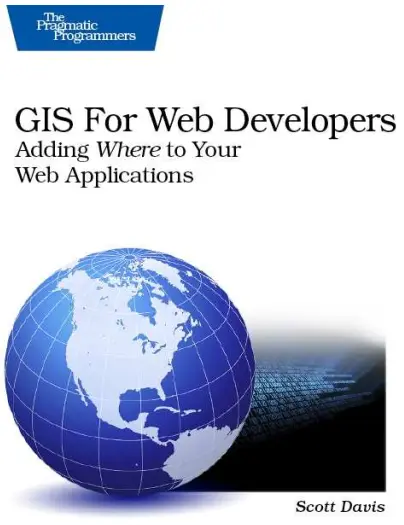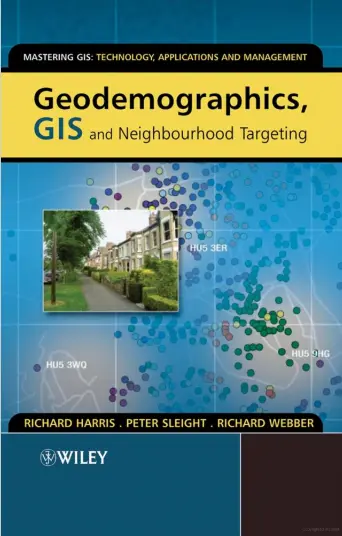Geodemographics, GIS and Neighbourhood Targeting
📍 Geodemographics, GIS and Neighbourhood Targeting – Mapping People, Predicting Behavior
“Geodemographics, GIS and Neighbourhood Targeting” explores the powerful intersection of spatial analysis and demographic segmentation. It shows how Geographic Information Systems (GIS) can be used to uncover hidden patterns in population behavior, income levels, lifestyle choices, and consumption habits at the neighborhood level.
This book is a goldmine for professionals in marketing, retail, urban planning, public policy, and real estate, who want to use location intelligence to make smarter decisions. It covers geodemographic classification systems, data sourcing, spatial clustering techniques, and how to apply them for targeted outreach, service delivery, and strategic planning.
Ideal for:
- 📊 Market researchers and brand strategists
- 🌇 Urban planners and policy makers
- 🏢 Retail analysts and real estate consultants
- 🎯 GIS professionals working in commercial and civic sectors
By combining spatial data with social insights, this book empowers organizations to segment populations not just by who they are, but where and how they live. It's a must-read for anyone aiming to move from maps to meaningful action.
Keywords: Geodemographics, GIS Targeting, Neighborhood Segmentation, Location Intelligence, Market Mapping, Consumer Behavior, Spatial Demographics, Urban Analytics







comments
Leave a Reply
Your email address will not be published. Required fields are marked *